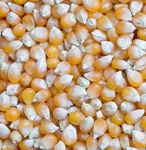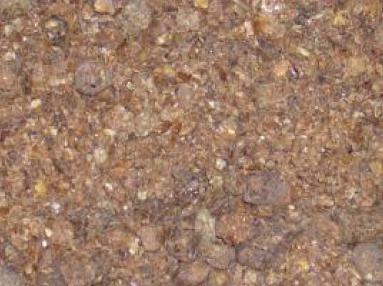Maize Gluten

-
Maize Gluten also known as corn gluten meal (CGM) is a By-Product of maize (corn) processing.
-
Gluten is prepared by centrifugation, filtering and drying of the
slurry received from the primary and secondary stages of corn refining. -
It has a high protein, high nutrient density, high energy ingredient consisting of insoluble protein in combination with minimal.
-
As a 19% protein feed with reasonable energy (13.1 mJ/kg dry matter), maize gluten suits many rations and is usually of good digestibility. It also contains good levels of digestible fibre starch (+20% in DM).
-
The majority of Maize Gluten demand is satisfied by imports from the United States.
-
There are, however, several UK processing plants that produce it too (Tilbury and Manchester, for example), using imported maize.
-
Available as both meal and pellets, maize gluten is often found to be varying in colour from pale, golden brown to a richer, darker hue of brown.
-
Heat treatment during production renders the protein, often 200 to 230 g/kg in gluten feed, relatively undegradeable.
-
Maize Gluten feed is available all
year round, but is mostly sold during the Winter months. -
Its reputation as an excellent feed for dairy cows is well known.
-
Indeed, one of its most tangible effects is to boost lactation.

Maize Gluten analysis on a dry matter basis (%):
Protein |
Oil |
Fibre |
Ash |
|
Metabolisable energy (ME) (Mega joules/kg dry matter) |
Dry Matter (%) |
19 |
1 |
2.5 |
2.5 |
|
13.1 |
89 |
Limits to Usage
-
The starch can be highly undegradeable.
-
Protein levels can vary from source to source.
-
Needs a good source of supplementary minerals when used at maximum levels for ruminant diets (30% +).
-
If the product is black, it may have been overheated or burnt in processing and should be avoided.
-
Approximately 15% of the starch is rumen fermented.
Storage / Processing
-
Store in cool dry conditions.
-
Material to have been stored in compliance with UFAS code of practice for the control of salmonella.


